Ever laced up your hiking boots and wondered, “Are these meant to be this tight?”
You’re not alone.
Every hiker, from novices to seasoned trailblazers, grapples with the age-old question: “Are hiking boots meant to be tight?”
Getting that perfect fit is like finding the holy grail of hiking – it can make or break your adventure.
Whether you’ve felt the pinch of too-snug boots or the slip of a too-loose pair, we’ve got actionable techniques to guide you.
After all, shouldn’t your focus be on the breathtaking views and not on your aching feet?
Let’s dive right in and uncover the truth behind the perfect hiking boot fit!
Boot Basics: Dive into the Anatomy
The Anatomy of a Hiking Boot
When you’re gearing up to hit the trail, it’s essential to know your boots inside out. Literally. A hiking boot isn’t just about leather and laces.
It’s a complex structure, from the sturdy outsoles that grip the ground to the uppers that provide that much-needed ankle support.
And let’s not forget the midsoles, the unsung heroes cushioning every step you take.
Why Perfect Boot Fit Elevates Your Hike
Ever tried running in sandals or dancing in ski boots? Sounds absurd, right?
That’s because the fit of our footwear directly impacts our performance. When your hiking boots fit properly, you’re not just walking; you’re gliding over terrain, scaling heights, and conquering trails.
But if they’re off, even by a smidge, it can throw off your entire game.
While many might confuse hiking shoes with boots, the two have distinct differences.
One key aspect?
The front of the boot should always have ample room for your toes to wiggle, providing comfort on long treks.
Investing in a well-fitted pair of hiking boots can be a game-changer. It’s not just about choosing any pair of hiking shoes; it’s about making sure every step feels natural and effortless.
Dream Outcomes of Boots That Feel Just Right
Maximum comfort during hikes
Imagine a hike where every step feels like walking on air. That’s the magic of having the right width of space in your boots, making sure your feet breathe and move freely.
Enhanced hiking performance
With the right fit, you’re not just hiking; you’re practically soaring. Your boots become an extension of you, allowing you to tackle challenges head-on.
Avoidance of blisters and foot pain
Blisters are the uninvited guests of the hiking world. With boots that fit just right, you can keep these pesky intruders at bay.
Confidence in hiking gear choices
When your boots feel like they were made just for you, it’s a confidence booster. You know you’ve made the right choice, and it shows in your stride.
The Struggles of Boots That Betray Your Feet
Ever felt a pinch near the ball of the foot or your toes constantly hitting the front of the boot? These are tell-tale signs of a misfit, turning dream hikes into painful endeavours.
Discomfort or pain during hikes
It’s a sinking feeling. You’re miles away from your starting point, and your boots are pinching the sides of your foot. Every step becomes a reminder of that ill-fitting boot.
Foot injuries due to tight boots
Boots too tight? They’re not just uncomfortable; they’re a recipe for injuries. From strained ligaments to painful blisters, the list is endless and, frankly, quite scary.
Wasted money on the wrong size
Shelling out big bucks at the hiking shop, only to realise your boots don’t fit? Ouch. That’s not just a hit on your wallet, but your spirit too.
Uncertainty and doubt about boot tightness
Shouldn’t the boots feel snug? Or should there be wiggle room? The uncertainty can be maddening, making you second-guess every purchase.
Tell-Tale Signs: Are Your Boots Squeezing Too Much?
Recognising discomfort and where it commonly occurs
If you feel your toes pushing against the front of the boot or pressure around the ball of the foot, it’s a sure sign that your boots may be too small.
It starts as a slight pinch at the top of your foot, maybe a little squeeze on the sides. Recognising these early signs can save you a world of pain.
Physical signs: blisters, redness, and more
Before your boots start talking, your feet scream. Blisters, red spots, and even calluses are your body’s way of waving a red flag.
Impact on hiking performance
When boots are too tight, every step feels like a chore. Instead of enjoying the trail, you’re counting down the miles until you can take them off.
Tips for Providing the Right Fit
Measuring your foot correctly
It sounds basic, but it’s where most go wrong. Using a Brannock device at the hiking store can be a game-changer. Remember, feet swell during the day, so evening is prime time for measurements.
The role of hiking socks in boot fit
Wearing the socks you’d typically hike in while trying on boots? Genius. It makes sure you get a true feel of how your boots fit. Thinner socks or thicker ones can make a world of difference.
Trying on boots at the end of the day
After a long day, your feet tend to swell a bit. Trying on boots during this time makes sure you don’t end up with a pair that feels too snug later.
Walking around in the store before purchasing
Don’t just stand there; take a stroll! Mimic hiking movements. This job isn’t just a test for the boots, but a sneak peek into your future hikes.
Understanding boot materials and their impact on fit
Leather might stretch, synthetics less so. Knowing your boot material helps set expectations right.
Busting Boot Myths: What You Thought vs. Reality
“Tighter boots provide better support”
Think tighter boots mean more ankle support? Think again. While you don’t want your foot sliding side-to-side, boots that are too tight can restrict movement and cause more harm than good. Balance is key.
Many believe that simply tightening the laces can fix a boot’s fit. While laces play a role, the true comfort lies in the boot’s intrinsic design and fit.
“Boots will stretch out over time”
While some materials like leather might give a little over time, banking on your boots to stretch can be a risky game.
And if they’re synthetic? Well, what you feel in the store is pretty much what you get.
“It’s normal for new boots to cause blisters”
Ever heard the saying, “You need to break in your boots”? While some stiffness is expected initially, blisters and pain shouldn’t be. Your boots should be your allies on the trail, not adversaries.
Tight Boots? Here’s Your Action Plan
Breaking in your boots: Do’s and Don’ts
Before you hit the trail, wear them around the house. And remember, while a short walk in the park is fine, a day-long hike in brand-new boots? Maybe not the best idea.
The role of insoles and orthotics
Feeling a pinch? Before you toss out your boots, consider custom insoles. They can adjust the fit and offer added comfort. It’s like giving your boots a facelift from the inside.
When to consider getting a new pair
Sometimes, no matter the adjustments, the boots just don’t feel right. And that’s okay. Your comfort is paramount. If they’re not fitting right, it might be time for a change.
Quick Answers to Your Burning Questions to Answer ‘Are Hiking Boots Meant to be Tight?’
Should I size up in hiking boots?
A finger between your heel and the boot is a good rule of thumb. But sizing up? Only if you consistently feel discomfort across multiple brands and styles.
How do I know if my boots are too big?
If your foot slides forward or you can fit more than one finger behind your heel, those boots might be hosting a foot party with too much space.
How should hiking boots feel on different terrains?
Whether you’re on a rocky incline or a sandy desert, your boots should feel like a natural extension of your foot. No pinching, no sliding.
Should you size up or down for hiking boots?
It’s generally recommended to size up, especially if you’re between sizes, to accommodate for thicker socks and foot swelling during hikes.
Is it better to have loose or tight boots?
Neither. Your boots should be snug but not tight, allowing your foot to breathe while providing support.
How much room should I have in my hiking boots?
Aim for a thumb’s width of space between your longest toe and the front of the boot.
Should hiking boots be slightly too big?
No, but they should have enough room to accommodate swelling and thicker socks without causing friction.
How Tight Should Hiking Boots Be?
They should be snug around the ankle and midfoot but offer wiggle room for your toes.
Are Hiking Boots Supposed to Be Tight?
No, they should fit comfortably without squeezing or causing pressure points.
How should hiking boots feel?
Comfortable, with a secure fit around the ankle and midfoot, and enough room to move your toes freely.
How do I know if my hiking boots are too big?
If your foot slides side to side or front to back, or if there’s excessive space beyond your toes, they’re likely too big.
Will Hiking Boots Stretch?
Some materials, like leather, can stretch slightly with wear, but it’s essential to get the right fit from the start.
Terrain Talk: How Different Grounds Impact Fit
How varying terrains (mountainous, desert, wetlands) can affect boot comfort
Mountain trails demand grip, deserts require breathability, and wetlands? Waterproofing. The terrain doesn’t just dictate the type of boot, but also how it should fit.
The importance of boot flexibility and tightness in different hiking conditions
A stiff boot might be great for rocky terrains but could be a nightmare in sandy areas. Flexibility and fit go together based on where you’re headed.
Adjusting boot tightness based on terrain challenges
Heading to a slippery area? You might want your boots tight for better ankle support. But if it’s a long day on a flat trail, a bit of wiggle room won’t hurt.
Weather Woes: How Climates Challenge Boot Comfort
How wet conditions (rain, snow) might affect boot fit and comfort
Wet conditions can make boots feel snugger, especially if they’re not waterproof. Always consider the weather forecast before lacing up.
The role of waterproofing and its impact on boot tightness
Waterproof boots can sometimes feel tighter due to the added layers. But they’re a boon in wet conditions, keeping your feet dry and happy.
Adjusting fit for cold vs. hot weather hikes
Cold weather? Thicker socks might demand a roomier boot. But in hot weather, thinner socks and a snug fit can prevent sweaty feet and blisters.
The Long Game: Lifelong Effects of Misfit Boots
Chronic foot problems and their connection to boot fit
Ever experienced that nagging foot pain that just doesn’t go away? Ill-fitting boots can lead to chronic issues like plantar fasciitis, bunions, and even toe deformities. It’s not just about comfort on the trail; it’s about long-term foot health.
The importance of regular boot fit checks
Feet change over time. Whether it’s due to age, weight fluctuations, or injuries, what fit you perfectly a year ago might not now. Regular checks make sure you’re always in step with comfort.
When to consider replacing your hiking boots
Boots showing signs of wear and tear? If they’re causing discomfort or you notice uneven tread patterns, it might be time to retire them and invest in a new pair.
Custom Fit Hacks for Your Hiking Boots
Lacing techniques to adjust tightness
Did you know a simple lacing technique can change how your boots fit? Whether you need more ankle support or want to alleviate pressure on the top of your foot, there’s a lacing method for that.
The role of custom orthotics and insoles
Custom orthotics aren’t just for those with foot problems. They can enhance comfort, provide better arch support, and even adjust the boot’s internal volume for a snug fit.
Stretching boots for a more comfortable fit
You can gently stretch some materials, especially leather, for a more customised fit. But proceed with caution; overstretching can damage the boot.
Hiker Chronicles: Real Stories, Real Lessons
Personal stories/testimonials about the importance of boot fit
“I remember my first hike in ill-fitting boots. By mile three, every step was agony.”
This line was my experience when training with the British Army. You had to wear issue hiking boots for one part of our training in Snowdonia. Many before me had worn these boots, but were supposed to fit perfectly.
I’d had no time to break the boots in and I suffered with huge blisters for days.
Personal stories like this underscore the importance of a good fit. They’re cautionary tales and lessons rolled into one.
Lessons learned from wearing both well-fitting and ill-fitting boots
From blisters on a mountain trail to the joy of a pain-free day on the trail, there’s a world of difference between the right and wrong fit. These stories serve as reminders and guides for fellow hikers.
Pro Tips: Foot Wisdom from the Trailblazers
Insights from podiatrists about foot health and hiking
“Your feet are your foundation,” says Dr. Maasi J. Smith, a renowned podiatrist. A properly fitting boot not only enhances your hiking experience but also safeguards your foot health.
Seasoned hikers often have a treasure trove of insights. The advice they offer is invaluable for anyone wanting to take a hike. From the necessity of testing out boots with the socks you plan to wear to the details of fit based on the environment.
In the world of hiking, your boots are more than just footwear.
They’re your partners, your support system. And with the right fit, every journey, whether it’s a short trek or a long expedition, becomes a memorable adventure.
So, armed with this knowledge, are you ready to find your perfect fit and set out on your next adventure? The trails await!
Finding the Perfect Fit: Your Feet Deserve It!
Hiking is more than just a journey; it’s a dance between you and nature.
And like any dance, the right shoes make all the difference. If you’ve ever wondered, “Are hiking boots meant to be tight?”, you now have your answer.
It’s all about balance.
Your next step?
Head to your local hiking shop, armed with this knowledge, and find that perfect pair.
Remember, every trail, every mountain, every adventure awaits, and with the right boots, you’re set to conquer them all.
So, lace up, step out, and let the world be your hiking playground!
Ready to make your next hike the best one yet?
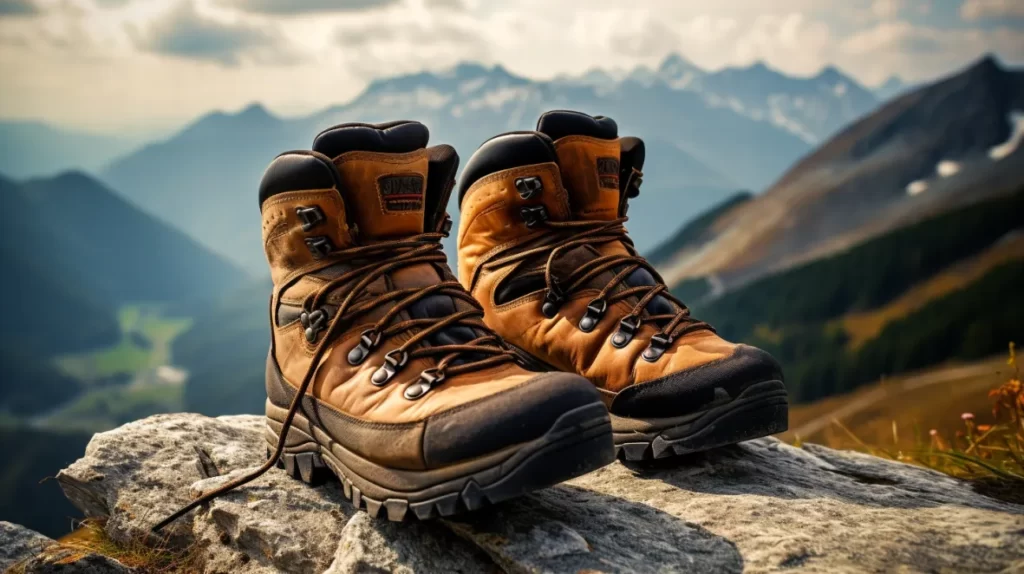
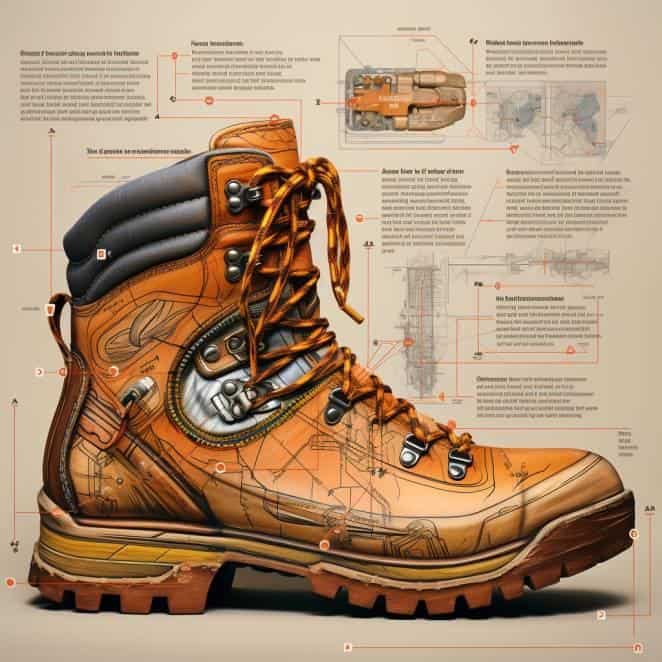

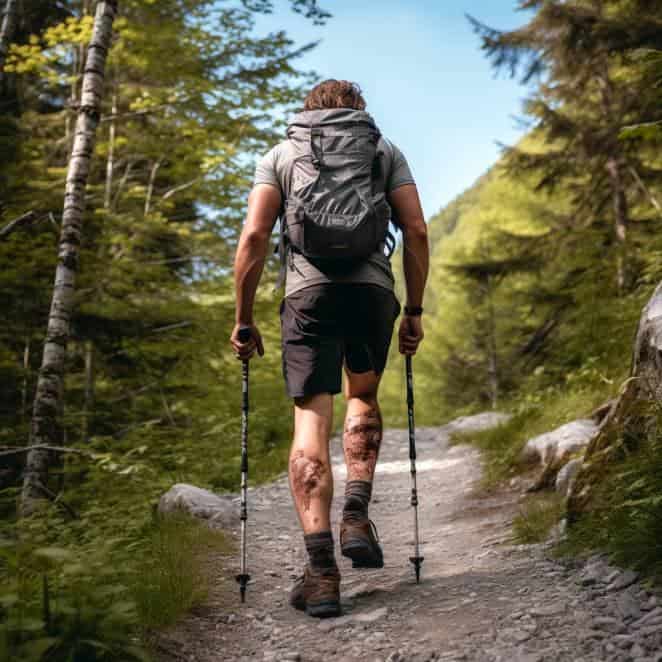

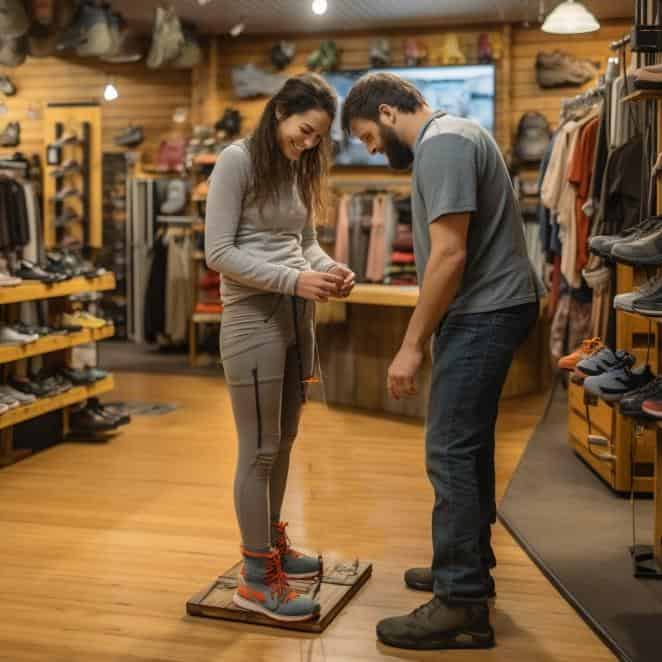
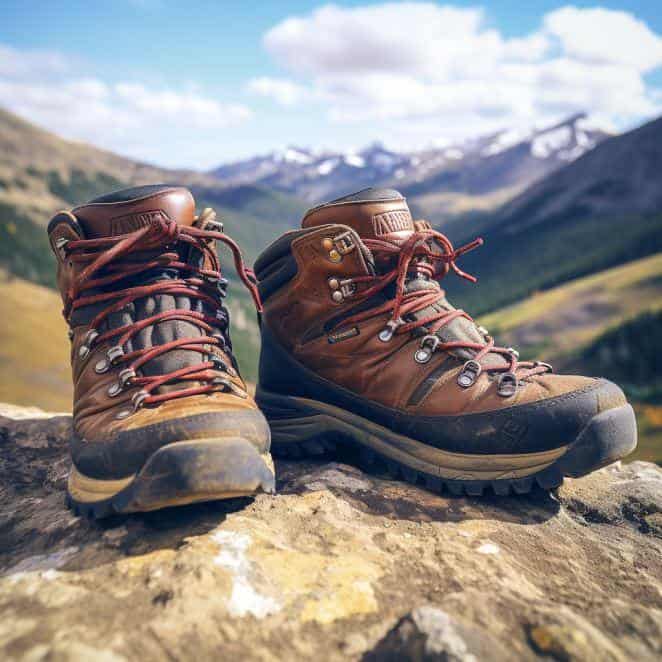

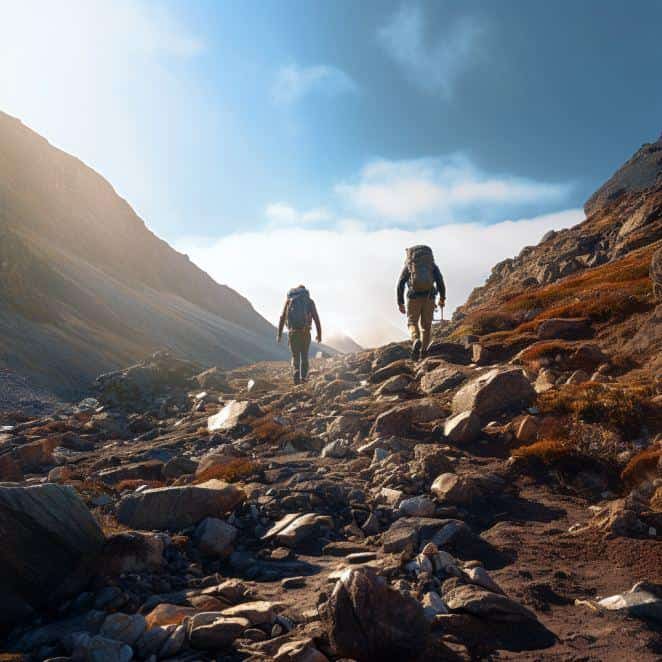
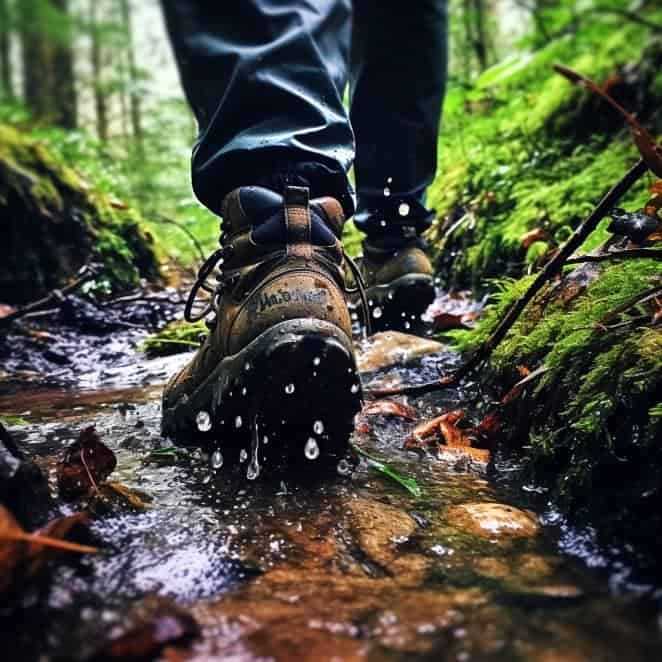
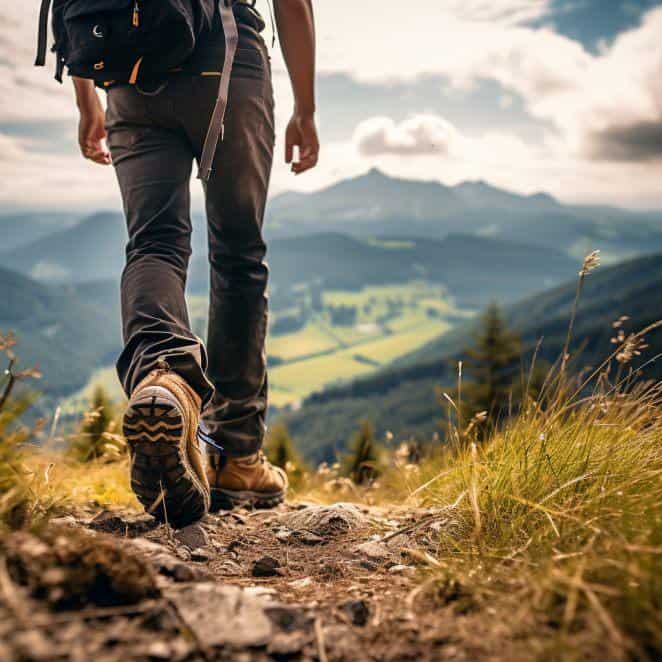
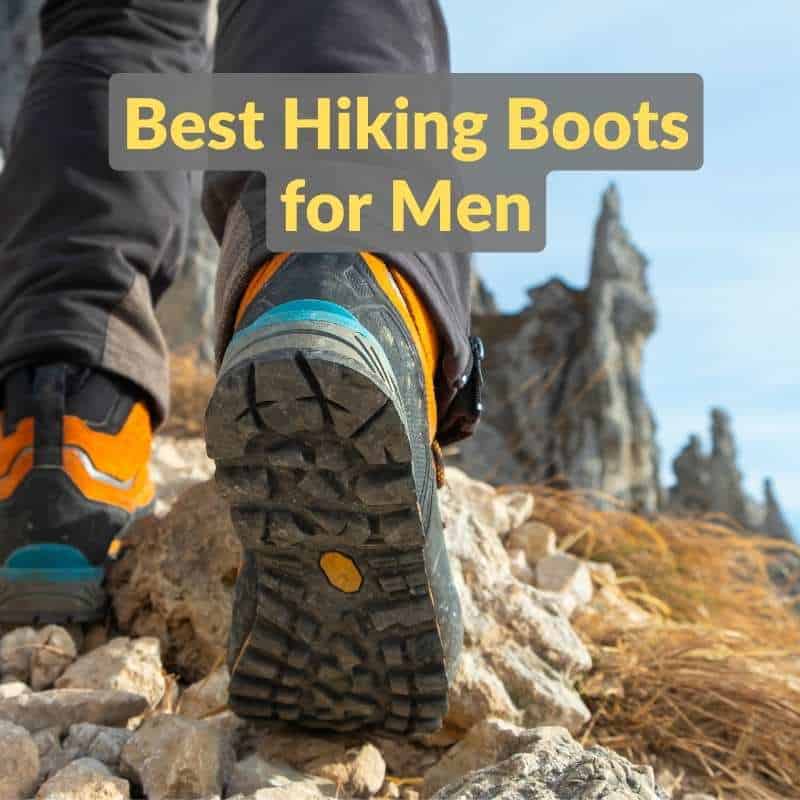
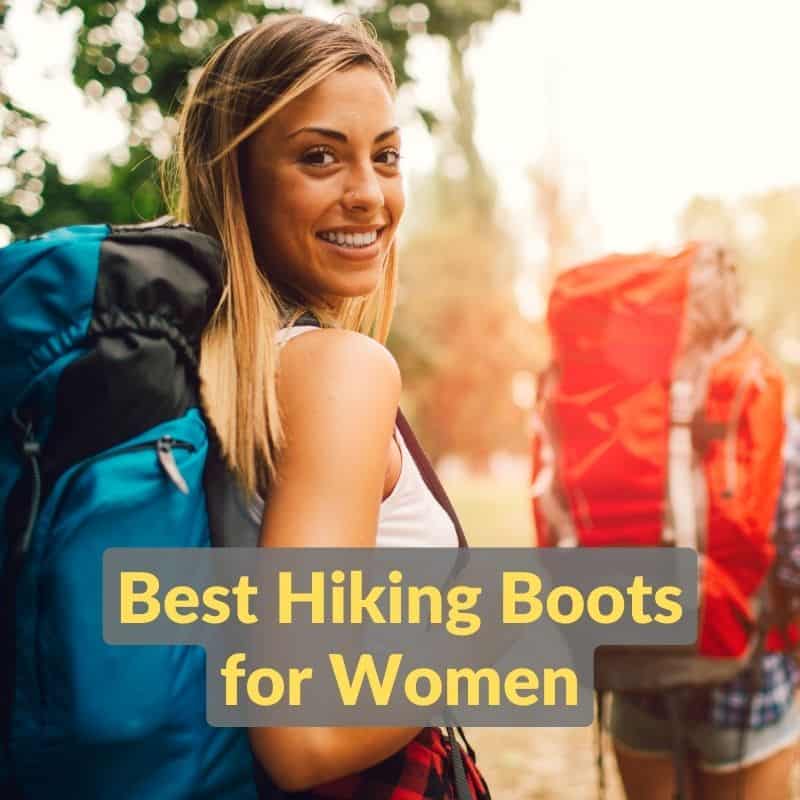
Pingback: Best Hiking Boots for Men in 2023 - Will Hawkins - Outdoor Adventure
Pingback: Best Hiking Boots for Men (in 2022)
Pingback: Are Hiking Boots Safety Boots? - WB Hawkins